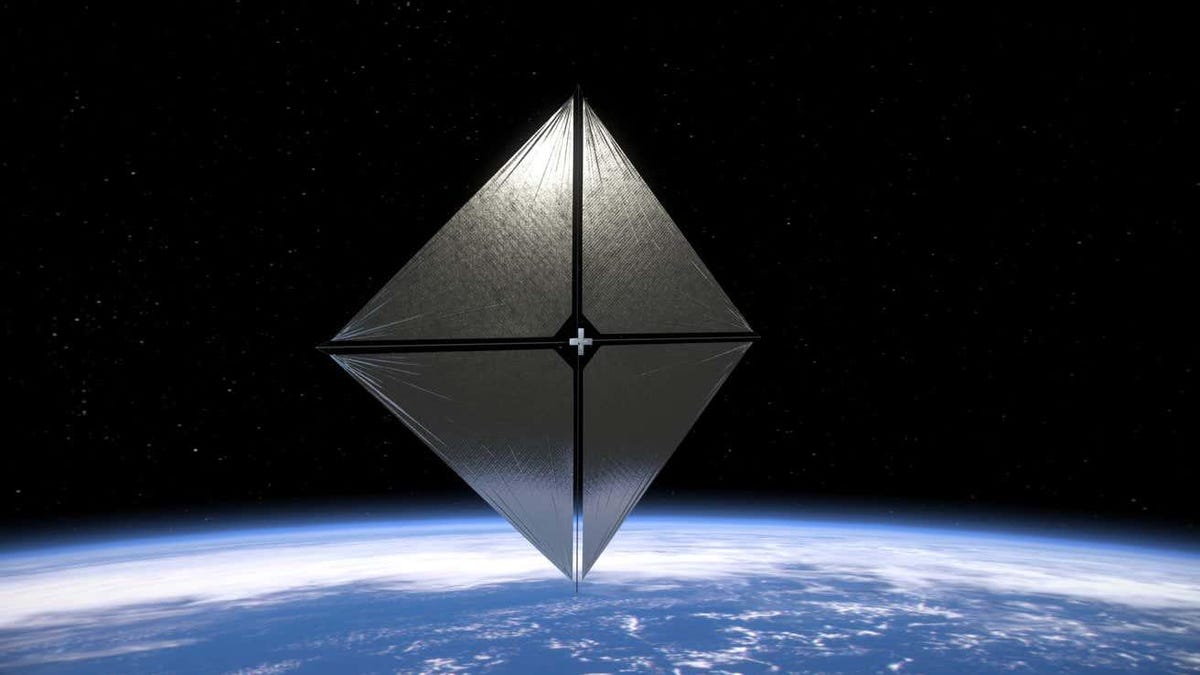A new NASA experimental mission is now flying in orbit and aims to use photons from the Sun to reach higher altitudes.
Update: April 24, 8:33 a.m. ET: Rocket Lab’s Electron launched at 6:32 p.m. ET on April 23 and successfully delivered both payloads to low Earth orbit. The short delay was due to problems with ground equipment.
Original article follows.
The Advanced composite solar sail system (ACS3) is scheduled to be released on Tuesday during a launch window that opens at 6:00 p.m. ET. The mission will launch aboard a Rocket Lab Electron rocket from the company’s Launch Complex 1 on New Zealand’s Mahia Peninsula. You can watch the launch via Rocket Lab’s live stream website or check it out via the feed below.
NASA’s ACS3 is designed to test new materials and deployable structures for solar sail propulsion systems, including new composite booms that will deploy the solar sail once it reaches orbit. The composite booms are made of a polymer material; They are lightweight yet rigid and resistant to bending and deformation when exposed to different temperatures. They work in the same way as a sailboat’s boom, except that they are designed to rely on the power of sunlight rather than the wind. Once unfolded, the shade sail extends 30 feet (9 meters) per side.
Solar sails are powered by photons from the sun, causing small bursts of momentum that propel the spacecraft further away from the star. If a spacecraft could overcome the resistance of Earth’s atmosphere, it could potentially reach very high altitudes.
Rocket Lab’s Electron will deploy the microwave-sized cubesat about 600 miles (966 kilometers) above Earth, about twice the height of the International Space Station. From there, the solar sail will be high enough to gain altitude and overcome atmospheric resistance by using the small force of sunlight on the sail, which is about the weight of a paper clip in the palm of your hand NASA.
NASA is not the only one conducting this mission experimentally. Rocket Lab is reusing an Electron booster for the first time in its upcoming launch. The company’s “Beginning Of The Swarm” mission will launch its Electron rocket with a booster already used for an earlier start.
On January 31, the first stage of the Electron rocket on the Four Of A Kind mission fell back to Earth using a parachute before landing in the Pacific Ocean about 17 minutes after liftoff. The company recovered the rocket booster and is now using it for another flight. Rocket Lab has been experimenting with Electron’s reusability in hopes of getting closer to its main industry rival SpaceX. Electron’s upcoming launch will be a major test of the company’s ability to reuse the two-stage vehicle.
The Electron rocket will also carry NEONSAT-1, an Earth observation satellite for the Korea Advanced Institute of Science and Technology.
For more space travel in your life, keep following us X and bookmark Gizmodo’s dedicated Space travel page.
